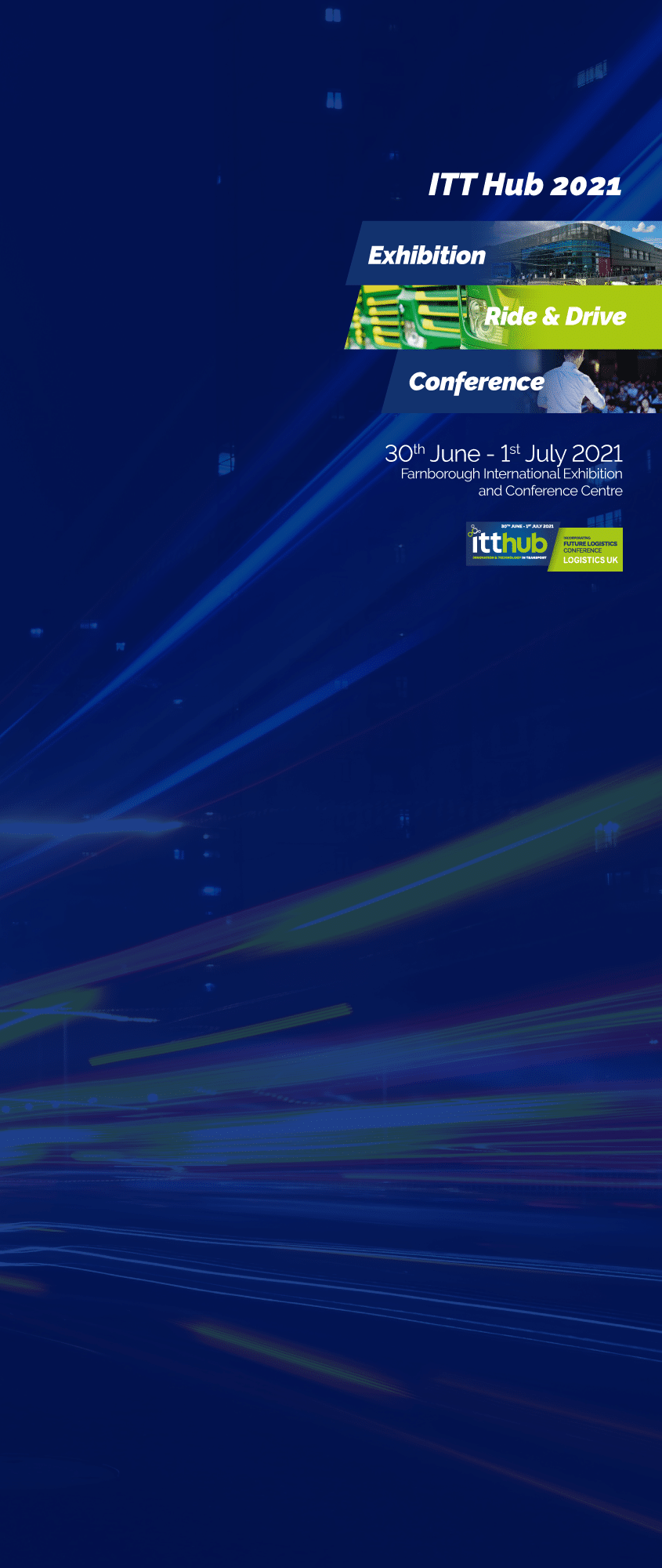Agile, highly skilled tower management teams are used to managing large-scale complex network operations, having to consistently respond and adapt to a fast-changing environment. This is changing even faster: there is rapid demand for billions of unconnected users to experience the benefits of the digital world and for the impending roll out of new 5G services. At the same time, tower teams need bold plans to reach net zero emissions in response to the environmental crisis. To face this head on, teams need to be empowered with smarter, intelligent towers.
In response, PowerX introduces artificial intelligence (AI) and automated data analytics to day-to-day tower operations. The result empowers tower management teams to take best-in-class efficiencies fine-tuned for individual sites and automate at scale for thousands of towers across entire networks. Instead of time spent manually downloading and analysing data, these efficiencies are made in real-time, all the time, further boosting the performance of cell phone towers – ideal for tower teams to make robust, data-driven decisions faster and with more confidence.
“For years, no large-scale data analytics and artificial intelligence has easily been available to run complex tower infrastructures,” says Justin Head, CEO at PowerX. “So, it’s hardly surprising that tower teams feel like they are being held back. When it comes to delivering 24/7 reliable fast connectivity in really rural areas or when racing to net-zero, results are not coming fast enough.”
PowerX AI thrives where there is complexity and uncertainty: the platform works by continuously tracking and analysing large, complex tower data sets in real-time to help tower management teams apply individual site-level efficiencies automatically across their entire network. PowerX AI enables smart tower metrics at the click of a button, to automate and control efficient operations at scale, to detect anomalies or suboptimal sites in real-time, which reduces time to repair and the risk to network performance.
The unique AI-led data-driven technology from PowerX has already helped tower teams across Africa, Asia, and LATAM deliver a range of improvements such as reduce energy costs and CO2 emissions at suboptimal sites. This was made possible, for example, by automatically rectifying, in real-time, inefficient battery charging cycles which eliminated unnecessary use of diesel. The technology also identified when additional spare battery and photovoltaic energy was being wasted because of assets which were not optimally run, at scale. With PowerX, these efficiencies were possible without manual intervention, additional CAPEX, or the need to visit the sites.
“Our customers already embrace AI to automate tower operations. Together, we’ve seen successes delivered fast in the race to net-zero emissions,” Head continued. “Catastrophic climate change calls for action, so seeing diesel-free sites are indeed possible, even for complex, remote sites in Africa or Asia, is a real breakthrough.”
“The problem of increased energy consumption and carbon emissions will only get worse with the advent of 5G, which is predicted to require two to three times more energy than 4G. That’s why we’re on a mission to heighten awareness of the problem and enable expert tower management teams to harness the power of AI to solve it. The much ignored and under-utilised data in passive infrastructure alone is a key component to this and our technology unlocks this through the power of AI. It allows us to capture it and act on it in real-time, laying the foundations now for future growth,” he concluded.






